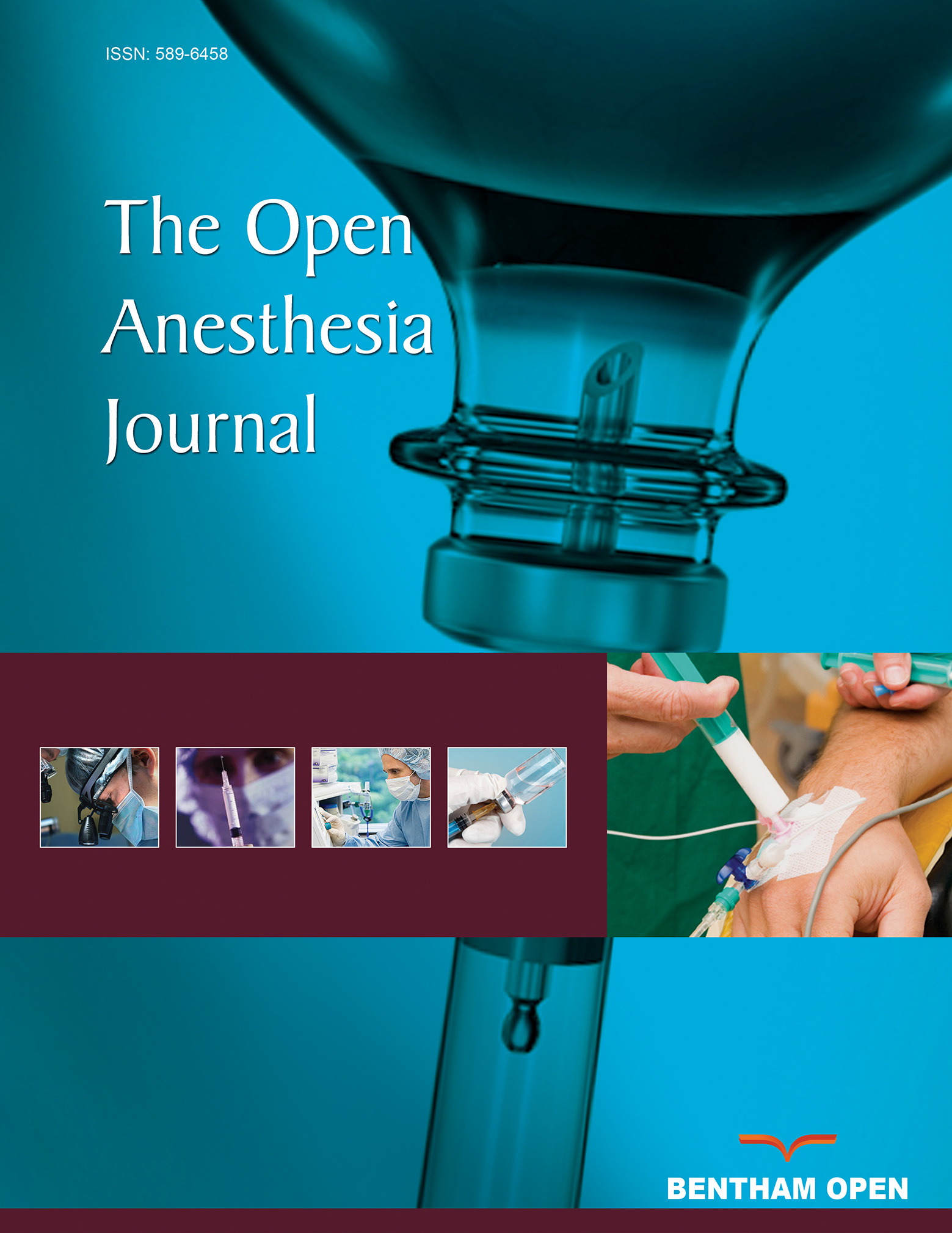Are Combined Techniques using Video Laryngoscopes and Dynamic Stylets Superior to Fiberoptic Techniques for Anticipating Difficult Intubations? A Retrospective Single-center Comparative Analysis
Abstract
Introduction:
Studies point to the potential advantages of a combined technique using video laryngoscopes (VL) and dynamic stylets for difficult intubations. This study compares the outcomes of three advanced intubation techniques: combined technique (video laryngoscope + dynamic stylet), awake fiberoptic bronchoscope (FOB), and asleep FOB when used as the primary intubation technique.
Methods:
Airway notes of 138,387 consecutive anesthesia cases at a single academic medical center were filtered for the use of awake FOB, asleep FOB, or combined technique as the primary approach for potentially difficult intubations. The combined technique was defined as VL + dynamic stylet. The dynamic stylets available were FOB or TCITM (Total Control Introducer). The primary endpoint was the first pass success rate. Secondary endpoints included: failure to intubate with the primary technique, anesthesia “in room to intubation” time, “traumatic” intubation rate, and ease of intubation.
Results:
The first pass success rate was highest for combined techniques (88.7%) followed by awake FOB (74.2%, P<0.001) and asleep FOB (80.7%, P=0.06). “Failure to intubate” was lowest in the combined technique (1.8%), compared to awake FOB (9.2%, P=0.002). “In room to intubation” time was fastest for the combined techniques (13.0 minutes) followed by asleep FOB (15.1 minutes, P=0.002) and awake FOB (21.2 minutes, P<0.001). Combined techniques were recorded as “easy” significantly more often (72%) than awake FOB (38.2%, P<0.001). Combined techniques were recorded as “atraumatic” significantly more often (91.1%) than awake FOB (75.8%, P<0.001). Subgroup analysis of the combined techniques, VL + FOB vs. VL + TCITM, revealed that VL + TCITM was rated as “easy” and “atraumatic” significantly more often. It also achieved higher first pass success, lower “failure to intubate” rate, and faster “in room to intubated” time when compared with VL + FOB, although none reached significance.
Conclusion:
In this retrospective single-center comparative analysis, the combined techniques outperformed FOB techniques in effectiveness, speed, ease of use, and trauma.


